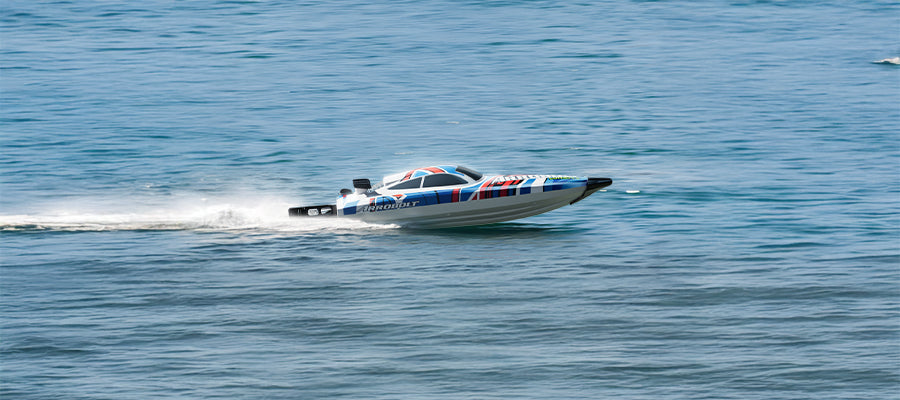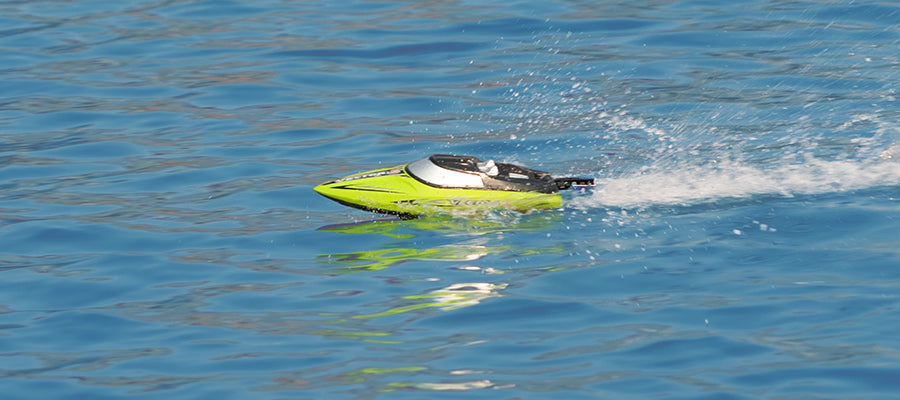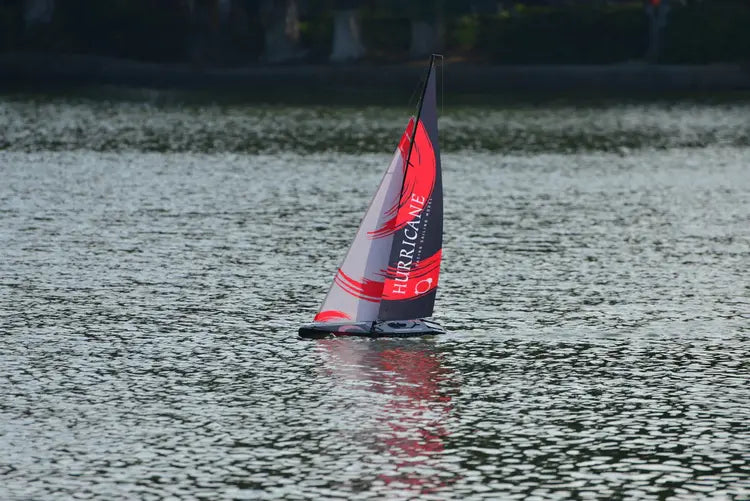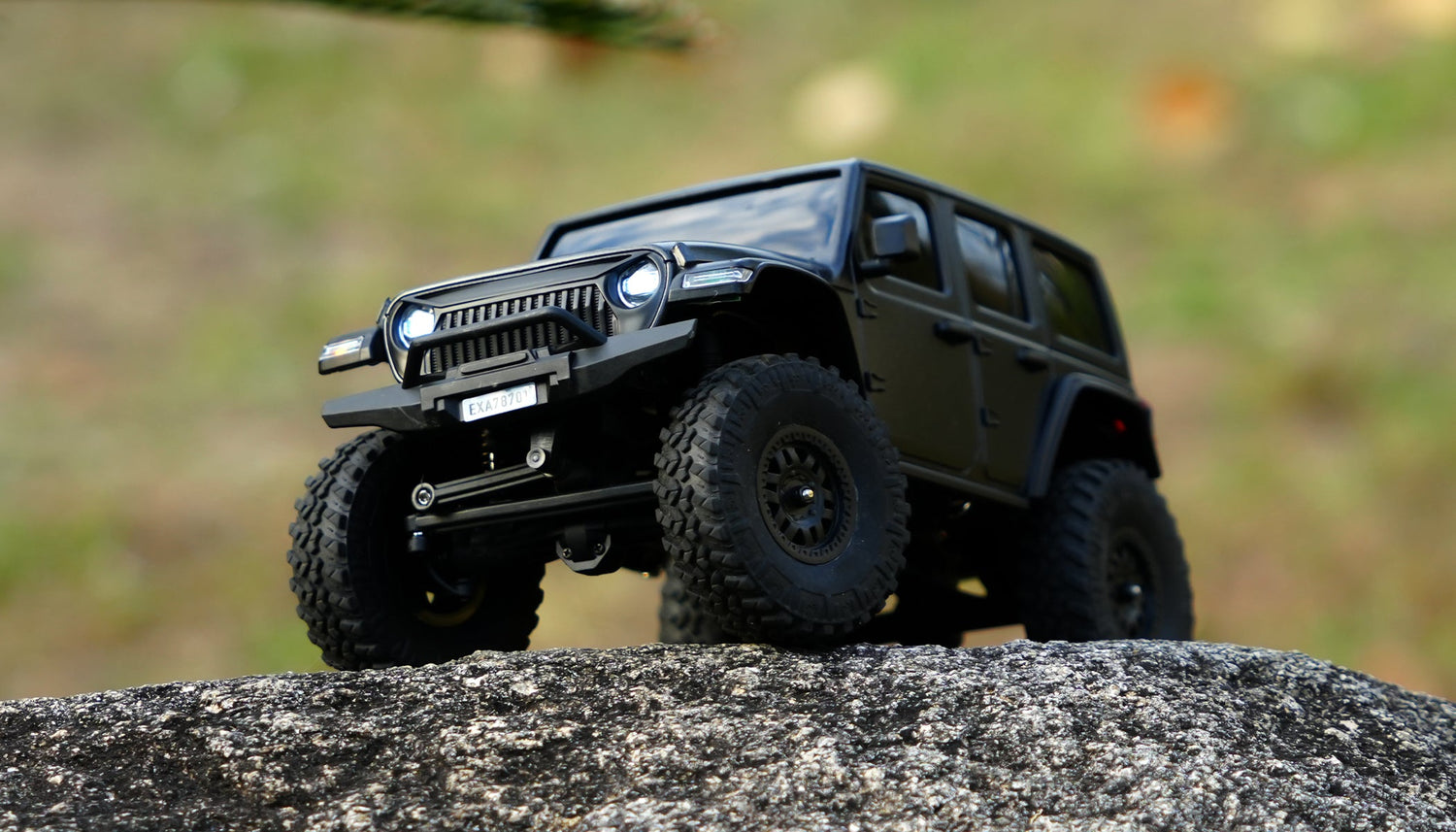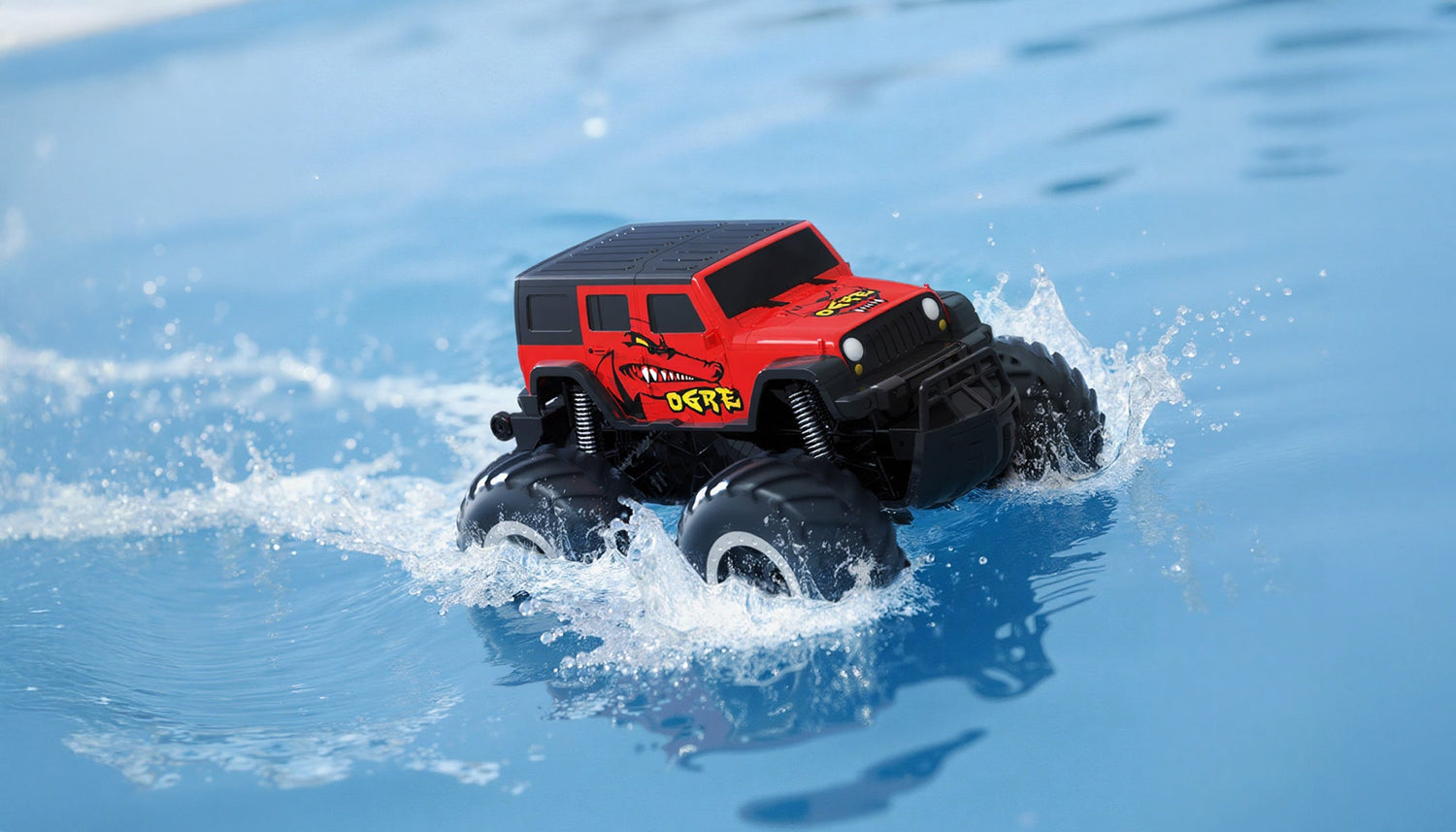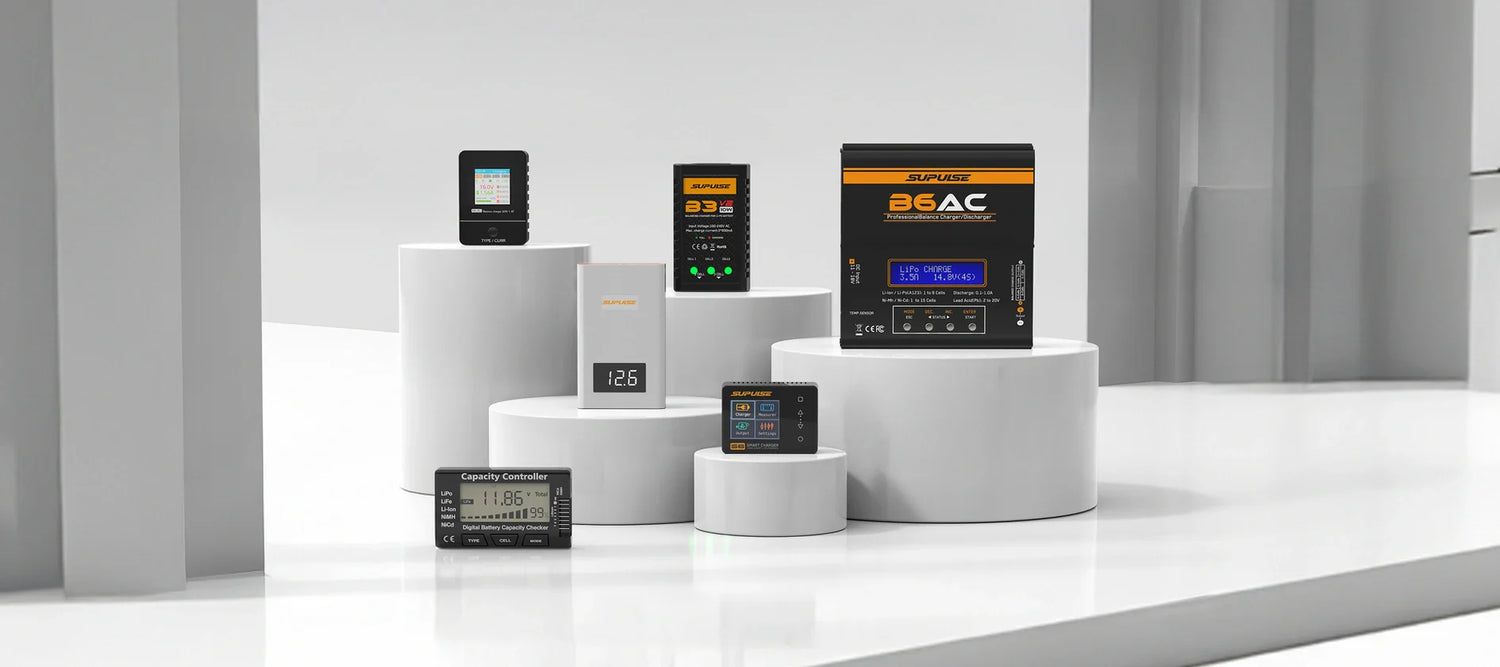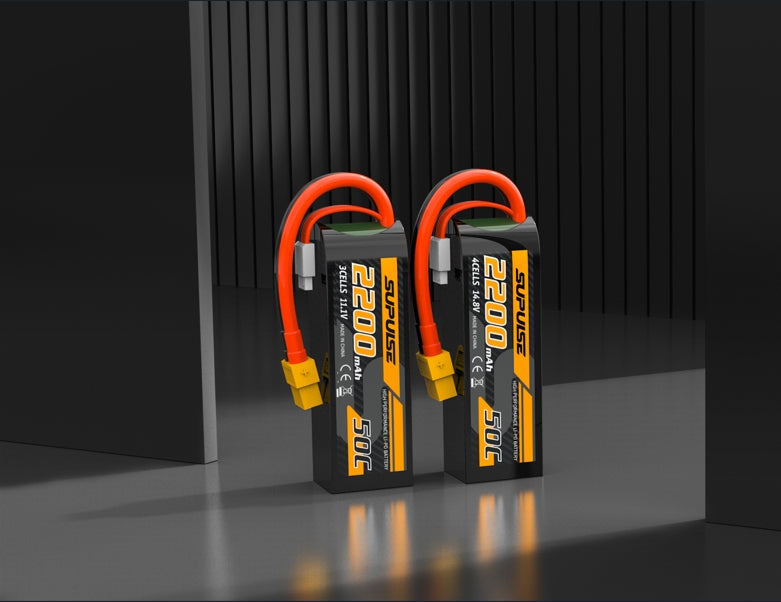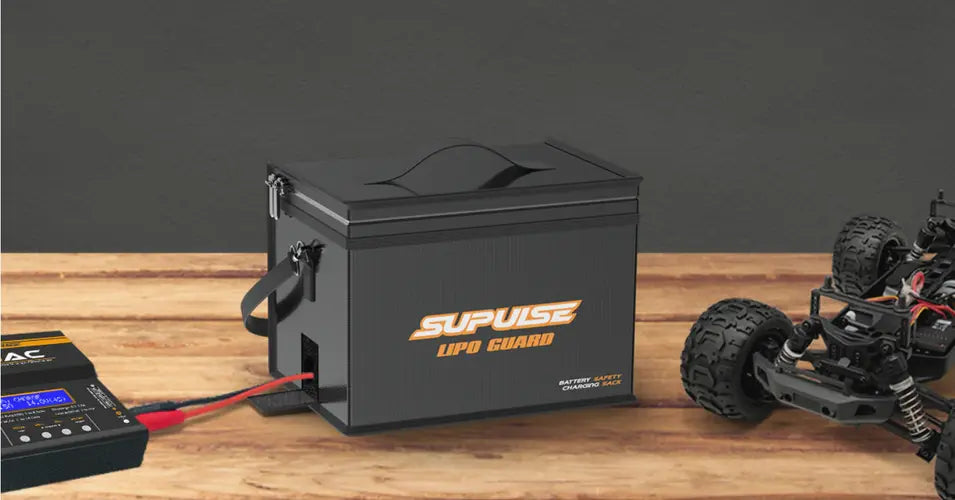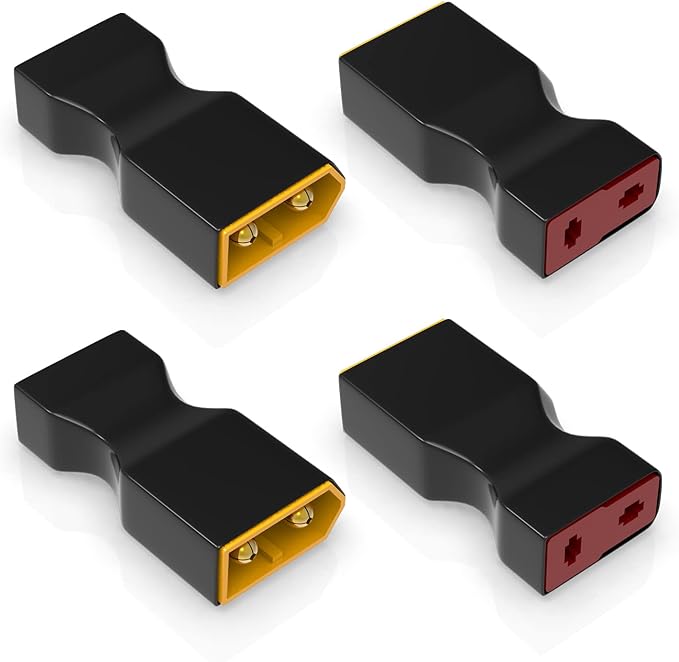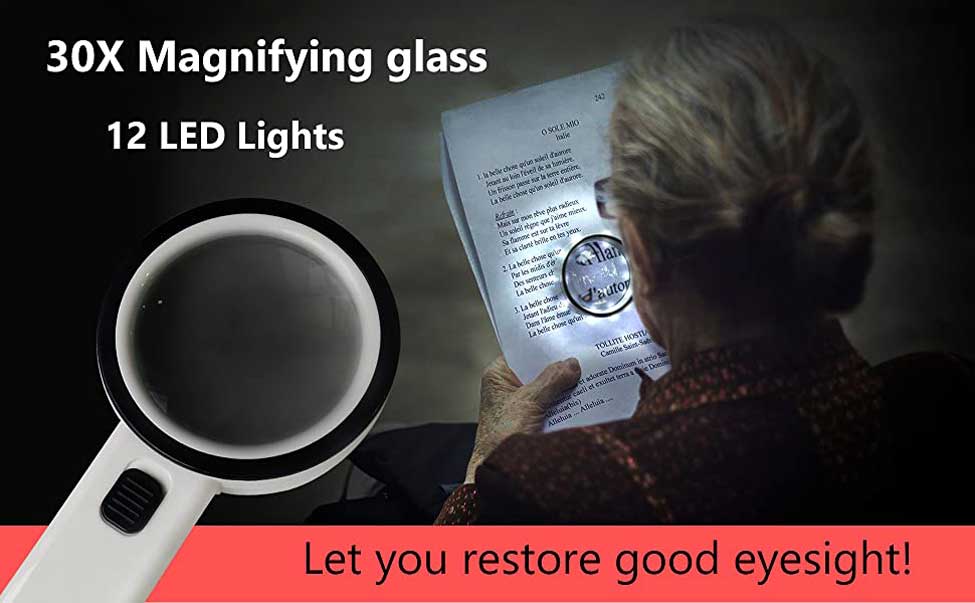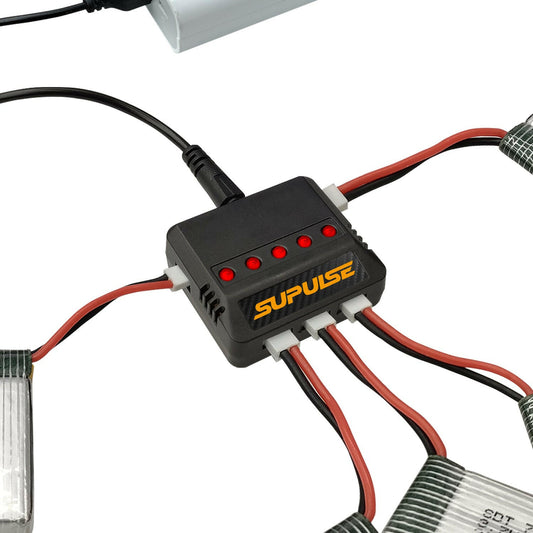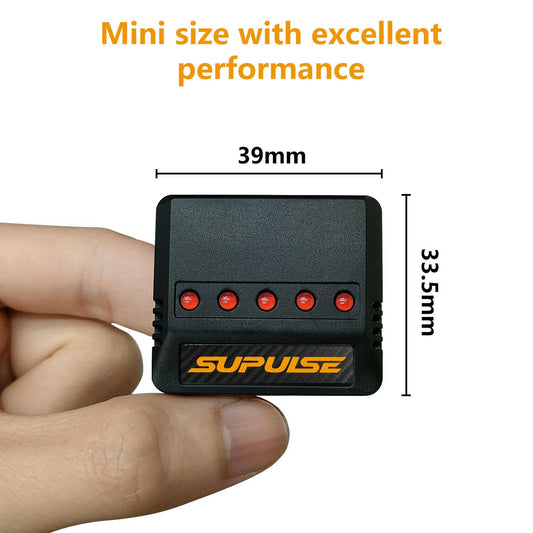As you may know by now, anything to do with LiPos has to be done against a strict doctrine – and throwing away your LiPos isn’t any different. Throwing away LiPo into any random bin poses the risk of a fire or even an explosion which can seriously harm others who happen to be at the wrong place at the wrong time.
In today’s blog, we will look at how to safely and responsibly dispose of your old LiPo batteries.
Battery Disposal Service:
The easiest solution is to have your local battery disposal service handle everything stress-free. They may or may not charge you a fee depending on your local jurisdiction, however, if you want to be super safe while ridding all liabilities, this is the route to go. If you cannot find a disposal service near your area, then you will have to do it yourself.
Safety Precautions:
When dealing with LiPos – especially ones that need to be retired – you can never be too safe. Always handle LiPos in an open area clear from any flammable hazards. Protective equipment such as safety goggles and work gloves are also advised to mitigate any risks of injuries.
Discharging your Battery: RC chargers
The concept behind safe disposal is quite simple: you have to completely discharge your LiPos down to 0 Volts. This will ensure that absolutely no charge is left and at this state, even if you were to puncture the inner foil, nothing will happen.
Most RC chargers today will have a discharge function allowing you to drain your LiPos. However, they are programmed to not go below 3V as this can permanently damage the chemical makeup of your battery and render it unusable.
Nevertheless, the first step is to discharge your LiPo down to the allowable minimum voltage. With swollen LiPos, always discharge at a low current of around 0.5A~1A as discharging at high currents will cause your batteries to exponentially heat up. Remember to always place your LiPos in a fire retardant battery bag or battery bunker when charging or discharging to keep yourself and the others around you safe.
Discharging your Battery to 0 Volts
As most RC chargers will not allow you to discharge your batteries below 3V, you will have to siphon the remaining voltage by yourself. Do not try to discharge your LiPo with an RC model as the discharge rate (load) will be too high and it could get ugly very quickly.
The most common method used by hobbyists is the “lightbulb” technique. Connect an LED or halogen light bulb to your battery and keep it plugged in until the light completely dies out. Because LEDs are highly efficient and consume minimal energy, this can take upwards of 1-2 days; yet for this reason, it is highly regarded as the safest choice.
Lightbulb Method: Do-It-Yourself
If you have been in the hobby for quite some time now, you may already have all the tools needed to build your own LED discharger. The build only requires four items: battery connector (male), heat shrink, LED, and AWG wires. Once you have all the items, it doesn’t take long to piece them together.
Solder your AWG wires to the battery connector – red to positive cup and black to negative cup - and fit the heat shrink over them. Once this is in place, simply complete the build by soldering the LED prongs to the other end of the AWG wires.
Video credit: Andrew W
The Salt Water Method
Another popular approach is the Salt Water Method. As saltwater is conductive, this will slowly discharge your LiPos over time. Simply fill a bucket with water and mix in 35g of salt per liter of water. Fully submerge your LiPos into the mixture and place the bucket in an open area. Leave your LiPos in the mixture for 2~3 weeks and by then, they should have fully discharged.
While some hobbyists swear by this method, others are not so keen. One disadvantage of this method is that it takes too long. Some have also reported that their LiPos have not fully discharged even when submerged for prolonged periods. Nevertheless, this method has its own merits as it is relatively safe.
Final Steps
Using a voltmeter, you can check if your LiPos have been fully discharged. Once you have confirmed this, cut the connectors off and seal the exposed ends of the wire with some plastic tape. This will ensure that the wires are completely insulated and now it is ready to be thrown away.






